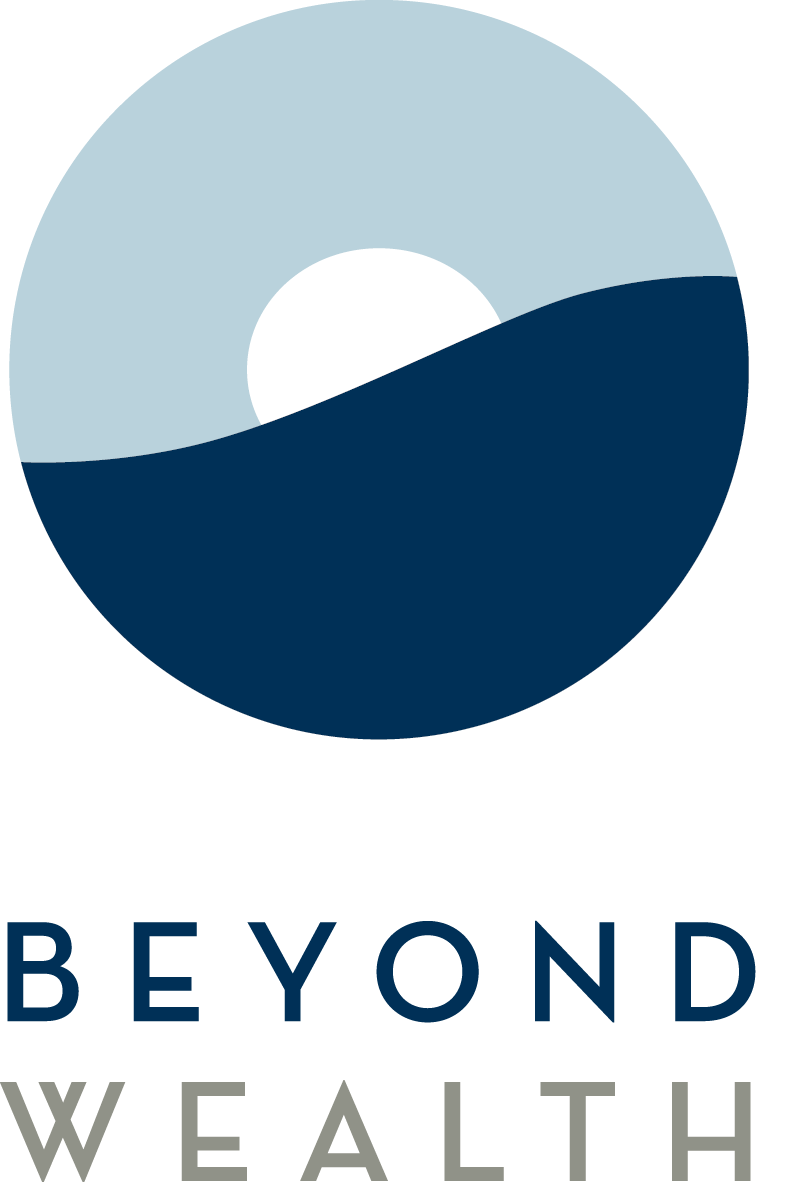401(k) Year End Review Checklist
With the end of the year quickly approaching, it is an ideal time to review your 401k account. We sometimes take for granted that our 401k’s essentially run themselves once we set up our initial contributions and select our investments. It’s important from time to review what’s going on in your 401k account or any other corporate retirement accounts. The end of the year provides a great time to organize your plans for your retirement savings strategy so that you can start strong in the new year.
Review your contribution amount
As a general rule, we should all be contributing more to our 401k or company-sponsored retirement accounts than some of our other savings accounts. These accounts typically provide additional savings incentives in the form of company matching contributions or even certain profit-sharing contributions that can compound your personal savings efforts. Starting in 2020, you can contribute up to $19,500 or $26,000 if you are over the age of 50. The money your employer puts in on your behalf is in addition to these figures. Assuming you’re not contributing the maximum yet, you should review your contribution amounts and challenge yourself to contribute more. Even if you only pledge to increase your contribution by 1% or 2% each year will make a meaningful difference down the road. Also, if you received a raise this year, consider adding part of your raise to your 401k contribution. It’s an easy way to build up your 401k account balance without feeling the pain of less money on your paycheck. The first step is making sure you’re at least contributing the maximum amount needed to receive your company’s full matching contribution.
Does your plan offer a Roth 401k options?
An increasing number of 401k plans are starting to offer their participants a Roth 401k option. In our current tax rate environment, this is worth looking into because it can offer favorable long term benefits in retirement. Since the money you add to Roth 401k is an after tax contribution you lose the tax benefits today, but will not have to pay income tax on any withdrawals made in retirement. Because the tax rates are at historic lows, it may be something worth talking about with your financial planner or accountant.
Review your investments and rebalance
For many investors with a savings strategy on autopilot, reviewing 401k investments is not typically top of mind. It’ important once a year to look to see if there are any new funds added to your plan as well as review the performance of your current investments relative to their benchmark. You can use Morningstar’s website as an easy reference. In under 15 minutes, you can review a quick snapshot of how your investment is doing. If you’re invested in a target-date retirement fund or other asset allocation type of fund, it’s important to understand how that is invested and if it is still the right strategy for you.
Rebalancing your account is also something you should schedule to complete once a year. You are likely contributing a fixed percentage to difference funds each pay period, which helps minimize the need to rebalance more than once a year. Investments that have had strong performance might skew your asset allocation outside of your desired asset allocation strategy. If you have any questions about what the proper investment allocation for your 401k is given your financial goals, please feel free to contact us.
What about your old 401k at your past employer?
When you move onto a new job sometimes in all of the excitement of the transition things can fall through the cracks. Often we find clients forget to address their old 401k accounts or aren’t sure what their options are. Your account will continue to be invested but you are no longer making contributions to the plan. You always have the option to leave it there, but often it’s an administrative burden to continue to keep tabs on this money once you’re not working at the employer. You also have the option to roll your 401k into an IRA (or Roth IRA if you were participating in the Roth 401k.) This will give you total control of the account as well as more investment options to chose a strategy that aligns with your financial goals. A third option is to roll your old plan into your new employer’s 401k plan if they offer that option. It’s important to consider costs, investment options and flexibility of your funds before you make your final decision.
Review your beneficiaries
While you are reviewing things in your 401(k) plan, take a minute to look at who the beneficiaries are for your account. This is a frequently overlooked item that is as important as your contributions and investments to maintain. You should look to see if you have a primary beneficiary and contingent beneficiary listed on your account. If you have created a trust recently for your family, you may consider adding it as your contingent beneficiary. This is often an overlooked item when families go through or update their estate plans.
These few items should help you get your 401k plan in good shape heading into the new year. If you have any questions, feel free to reach out. We are happy to help guide you through any 401k questions you might have and help you identify the best strategy for your retirement savings plan.
BRANDY BRANSTETTER, CFP®
Disclaimer: The opinions voiced in this material are for general information only and are not intended to provide specific advice or recommendations for any individual. To determine which investment(s) may be appropriate for you, consult your financial advisor prior to investing.

